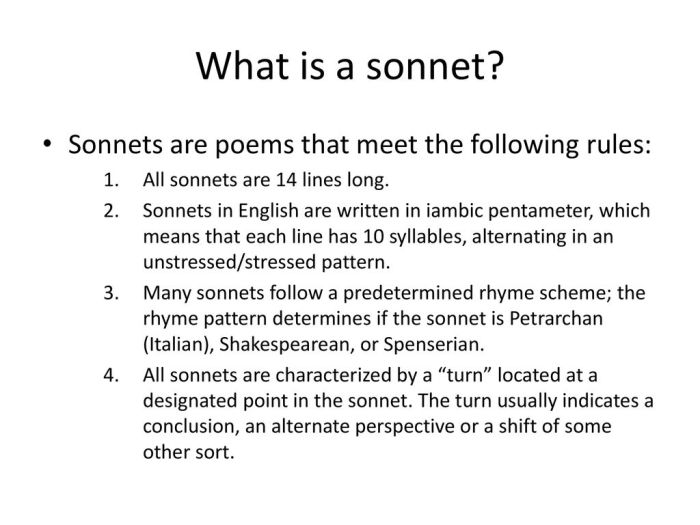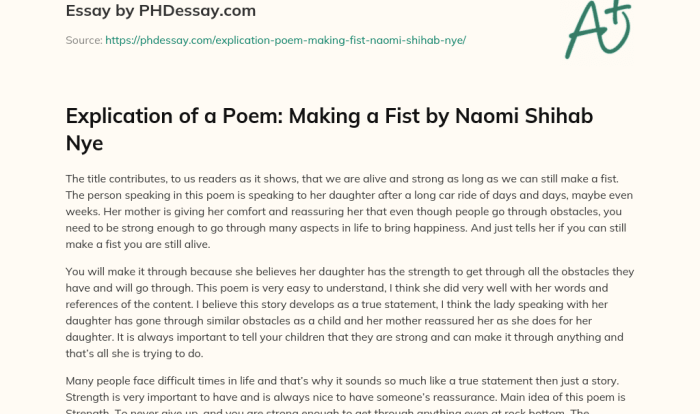Which of the following lines is written in iambic pentameter? This question delves into the realm of poetry, inviting us to explore the intricacies of a specific metrical pattern. Iambic pentameter, a cornerstone of English literature, has captivated readers for centuries, and this discussion aims to unravel its complexities, providing a comprehensive understanding of its structure, variations, and significance.
The concept of iambic pentameter revolves around a rhythmic pattern of unstressed and stressed syllables. Each line consists of ten syllables, arranged in five pairs of iambs, which are metrical feet composed of an unstressed syllable followed by a stressed syllable.
This pattern creates a distinctive cadence and flow, contributing to the musicality and expressive power of poetry.
Iambic Pentameter Definition

Iambic pentameter is a metrical pattern used in poetry, consisting of ten syllables per line with a specific alternation of unstressed and stressed syllables. Each line follows a pattern of unstressed-stressed syllables, repeated five times, resulting in a rhythmic flow.
The metrical structure of iambic pentameter can be represented as follows:
DA-da-DA-da-DA-da-DA-da-DA-da
Where “DA” represents a stressed syllable and “da” represents an unstressed syllable.
Examples of iambic pentameter lines include:
- “To be or not to be, that is the question.”
- “The quality of mercy is not strain’d.”
- “But soft, what light through yonder window breaks?”
Identifying Iambic Pentameter
To identify lines written in iambic pentameter, follow these steps:
- Count the number of syllables in the line. It should have ten syllables.
- Divide the line into five metrical feet, each consisting of two syllables.
- Determine if each metrical foot follows the iambic pattern (unstressed-stressed).
Common variations and exceptions to the iambic pentameter pattern include:
- Spondaic substitution:Two stressed syllables in a row.
- Trochaic substitution:Two unstressed syllables in a row.
- Pyrrhic substitution:Two unstressed syllables in a row.
Examples of Iambic Pentameter in Literature
Iambic pentameter has been widely used in English literature, particularly in:
- Shakespearean sonnets:Iambic pentameter is the traditional meter for Shakespeare’s sonnets, such as Sonnet 18 (“Shall I compare thee to a summer’s day?”).
- Shakespearean plays:Many of Shakespeare’s plays, including “Hamlet,” “Macbeth,” and “Romeo and Juliet,” are written primarily in iambic pentameter.
- Epic poetry:Iambic pentameter is commonly used in epic poems, such as John Milton’s “Paradise Lost” and Edmund Spenser’s “The Faerie Queene.”
Variations and Exceptions to Iambic Pentameter, Which of the following lines is written in iambic pentameter
While the traditional iambic pentameter pattern consists of five iambic feet, variations and exceptions do occur.
- Spondaic substitution:A spondaic substitution occurs when two stressed syllables are used in a row, replacing an iambic foot.
- Trochaic substitution:A trochaic substitution occurs when two unstressed syllables are used in a row, replacing an iambic foot.
- Pyrrhic substitution:A pyrrhic substitution occurs when two unstressed syllables are used in a row, replacing an iambic foot.
These variations and exceptions add rhythmic variety and flexibility to iambic pentameter.
Significance of Iambic Pentameter
Iambic pentameter has played a significant role in English literature:
- Established poetic form:Iambic pentameter has helped establish the traditional form and structure of English poetry.
- Influenced literary tradition:The use of iambic pentameter has shaped the rhythm and flow of English poetry for centuries.
- Historical and cultural significance:Iambic pentameter is deeply rooted in English literary history and has become an integral part of the English literary canon.
FAQ Guide: Which Of The Following Lines Is Written In Iambic Pentameter
What is the definition of iambic pentameter?
Iambic pentameter is a metrical pattern in poetry consisting of ten syllables arranged in five pairs of iambs, where each iamb comprises an unstressed syllable followed by a stressed syllable.
How can I identify iambic pentameter in a line of poetry?
To identify iambic pentameter, divide the line into ten syllables and scan the pattern of stressed and unstressed syllables. Each pair of syllables should follow the iambic pattern (unstressed-stressed).
What are some common variations to iambic pentameter?
Variations to iambic pentameter include the use of spondees (two stressed syllables), trochees (stressed-unstressed), and pyrrhic feet (two unstressed syllables). These variations can add rhythmic interest and flexibility to the metrical pattern.




